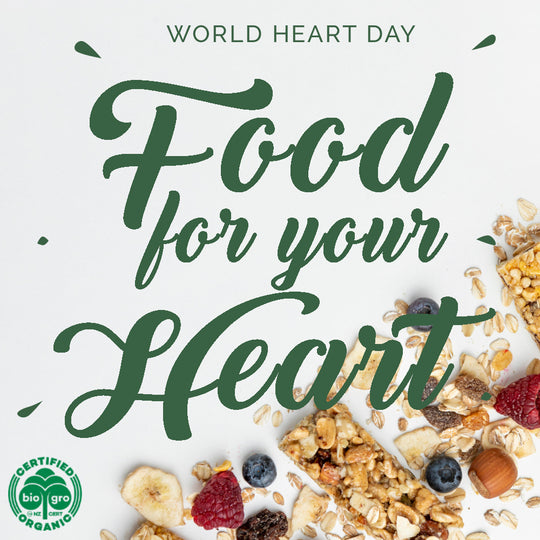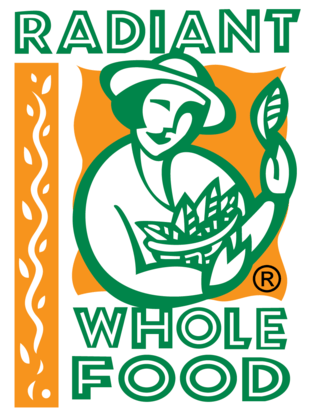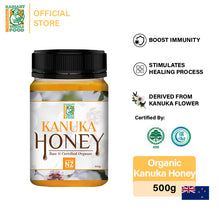
Oct 04 , 2022
Food For Your Heart
Wholesome Goodness of Oats
Most of us just tuck into our bowl of rolled oats without giving a moment’s thought as to where it comes from or how it is grown or processed.
A variety of Australian milling oats is grown in the rich, fertile and expansive soils of South Eastern Australia and Western Victoria. Australian organic oats have a long history for their premium quality, taste and nutrition value. Furthermore, Australia has strict national standards, in line with the international standards, developed by the industry and the Australian Quarantine and Inspection Service (AQIS). The organic oats are grown without the use of chemical fertilizers such as super-phosphate, urea, sulphate of ammonia, etc. Also excluded is the use of any synthesized chemicals, eg pesticides, weedicides, fungicides, fumigants, etc. Basic soil management is practiced for the development of a higher organic matter content within the soil. The clean air of the region encompassing South Eastern Australia and Western Victoria is a further ideal condition for producing plump oats.
Oats have many different sizes, thicknesses and other characteristics depending on the size of oat groat passed between the rolls. Typically the three sizes of steel-cut oats of smaller bits are used to make instant, baby and quick oats, whereas whole groats oats are used to make regular, medium and thick rolled oats. Organic oats are lightly steamed, and most often rolled with the bran intact.

It is always good to choose whole rolled oats which are organic!
The popularity of oats increased after the Food and Drug Administration (FDA) allowed health claim to be made on the labels of foods containing soluble fiber from whole oats (oat bran, oat flour and rolled oats) noting that 3.00 grams of soluble fiber daily from these foods, and a diet low in saturated fat, cholesterol, and fat may reduce the risk of heart disease. In order to qualify for the health claim, the whole oat-containing food must provide at least 0.75 grams of soluble fiber per serving.
Oats are a great source of dietary fibre. They contain a ration of approximately 55 percent soluble fibre and 45 percent insoluble fibre. The soluble fiber in whole oats comprises a class of polysaccharides known as beta-glucan. There are between 5.5% and 23.0% of beta-glucan in oat bran, about 4% in rolled oats and also about 4% in whole oat flour. As a soluble fiber, beta-glucan has proven to help lower cholesterol in bloodstream and possibly to reduce the risk of heart diseases. It may help Type 2 diabetics control their blood sugar level, and may also help stimulate the immune system to fight off bacterial infections.
Oats, like other grains and vegetables, contain hundreds of phytochemicals (plant chemicals). Many phytochemicals are believed to reduce a person’s risk of getting cancer. Phytoestrogen compounds, called lignans, in oats have been linked to decrease risk of hormone-related diseases such as breast cancer. The insoluble fibers in oats are also thought to reduce carcinogens in the gastrointestinal tract. Whole oats also have antioxidant compounds known as avenanthramides which help to protect the circulatory system from arteriosclerosis.
Oats make great breakfast cereal. It is best eaten without being cooked. Just pour hot water or any hot beverage on the bowl of oats and let it simmer for a while till softened. It may also be used as an ingredient in cold cereal like muesli and granola. It makes delicious cookies, biscuits and bread. Oats can be boiled with water, sweetened and blended to make oat milk drink.
Enjoy a hearty breakfast with oats and keep your heart going strong!
Want to know more about a heart-healthy diet? Read here~











